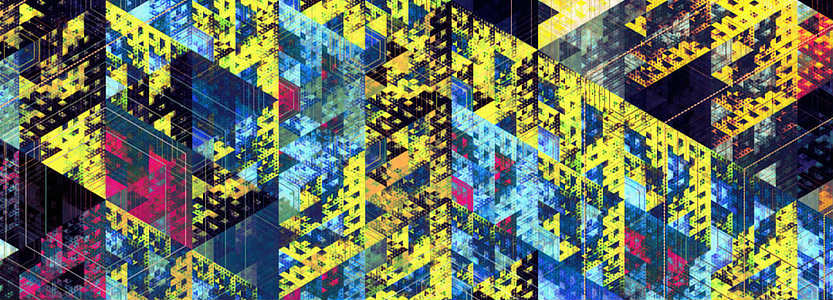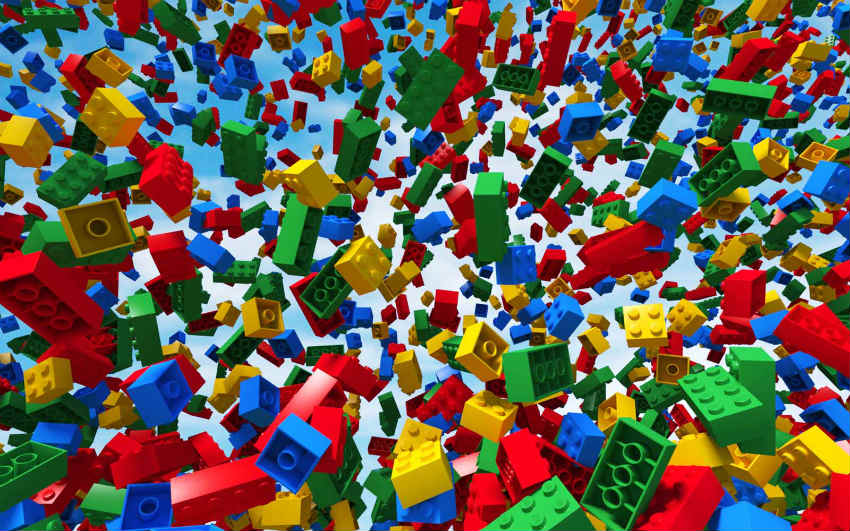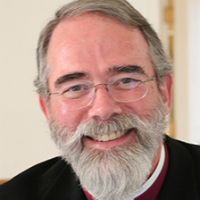
by Bishop William O. Gregg
At this time, there are at least three ways to interpret what is going on: (1) The world is spinning out of control and falling apart. (2) The resurgence of nationalism signals the power of the common folk coming to center stage to reclaim and protect their own. (3) We are experiencing the social, political, economic, and psychological realities of chaos theory. These three points of view share a certain plausibility.
As people experience their world seemingly spinning out of control, and feel a sense of their own powerlessness, all the while receiving daily doses of news regarding on-going, increasing crazy acts of violence, terrorist and otherwise, nothing seems stable. It feels uncertain, and that infuses a sense of anxiety in individuals and the systems in which we live. Wanton destruction seems to lurk everywhere, taking many forms. Our vulnerability is clear in the worlds of cyber technology, in the acts of hacking and, of course, in terrorism. All this is scary stuff, promoting and sustaining fear and anxiety. We are not able to function well – our creativity, thoughtfulness, and capacity to respond are compromised.
The surge of nationalism around the word (its notable rejection in both France and the Netherlands, its “successes” in the United Kingdom and the United States) is a serious matter. Nationalism is not to be confused with patriotism. Nationalism is a form of social regression, a hyper-version of “charity begins at home,” constricting the heart, soul, and mind of a country. This form of national identity foments the need to separate and isolate a people lest they and their culture become tainted by “foreign” elements. It always carries an explicit judgment that all that is not “us” is at best suspect. At worst, the “foreign” is evil, destructive, an enemy to be warded off, if not conquered outright. Against it we build walls of all kinds: economic, political, social, emotional, and physical, at both the person and social levels. A crushing defensiveness permeates such a walled-off society.

With this mentality co-operation and collaboration among people, states, cities and counties, and nations is thwarted by destructive protectionism. We live in the false world of silos, forgetting that what one part of the system (national or global) does or does not do, affects all parts of the system. We forget that at every level, the world today is deeply interconnected and those connections will not go away. It is simply an illusion to think that we are not a part of a larger, complex world system at virtually every level. To live as if existing in personal, social, economic, or national silos is reality is to live at peril, both our own and that of the whole world.
These inadequate viewpoints syphon off our energy in negative emotions and actions. We get stuck in our reactions to the moment. We are not able to do the necessary and desired thoughtful, creative work that addresses the issues and challenges before us, the work that opens up possibilities for solutions and moving forward.
In contrast, fractals provide us with an image of possibility and hope, of a renewal of our capacity for thoughtful, creative work that builds into the future. Chaos theory teaches us that “chaos” is a natural part of the universal cycle of life. In the natural scheme of things, order goes through a continuous cycle. Order emerges from a low level of order (chaos being the lowest level of order.) So order develops to its highest level, and then regressing back into chaos. Chaos is a profound lack of organization, or order, but chaos is not a total absence of order. Chaos is the lowest level of order, and fractals are the lowest form of order in chaos. Importantly, the chaos imaged in fractals is the possibility for the future. Out of this chaos emerges the new order. Within the “chaos” is everything we need to create the future and move forward. This is demonstrated in the life of fractals. Fractals are a things of beauty and wonder. They call us to engage them in their extremely primitive order in a process of rediscovering and connecting the dots in new and different ways.

When my son was young, he and his best friend loved Legos. Happiness was a trip to purchase the newest Lego toy. When they returned home, each emptied their already large tub of Legos all around them. Then facing each other in what appeared to be complete chaos, they set about assembling the new toy. That done, they began the really fun part of seeing what they could create, using the new toy as a basis, in the midst of the Lego fractals all around them. They reached into their mass of Legos, asked each other for various parts, and always seemed to find what they wanted effortlessly. Out of the “chaos” came two new, very different, and wonderful creations.
Their process was characterized by confidence, wonder, willingness, exploration, humor, collaboration, trust, and creativity. There was never any doubt that in the midst of the chaos something wonderful was going to happen, and they pursued the opportunity with delight. Their question was always, “What can we make this time?”
We are living in a moment of chaos. God’s grace, God’s gift to us, is precisely the possibility of this moment – the richness and potential of the fractals. What are we to do? First, we make the commitment to live in the midst of this moment, in the creative process to which we are called, well-equipped. Secondly, having discerned the needful thing, we must ask, “How are we going to make that happen?” How do we take the Legos and put them together in new ways? Out of the wonder and beauty of this fractal moment, the Spirit will lead us to create the new thing, the new order that will support, sustain, and enliven our living forward into the future. It will be good and it will probably be a complete, bodacious surprise.
**************

Bishop William O. Gregg, Ph.D., came to St. Paul’s in 2014 after retiring as Bishop Assistant in the Diocese of North Carolina. Previously, he served as Bishop of Eastern Oregon. The bishop grew up in Virginia, where he went to the University of Richmond and then seminary at the Episcopal Divinity School in Cambridge, MA. He did graduate work in English at Boston College, and completed a doctorate in theology at Notre Dame University. He has served parishes and taught in Virginia, Connecticut, and Indiana. He and his wife, Kathy, a retired teacher, have been married over 40 years and have an adult son who lives in Oregon.
Learn about St. Paul's Anglican Church / Inglesia San Pablo: www.stpaulsma.com
|